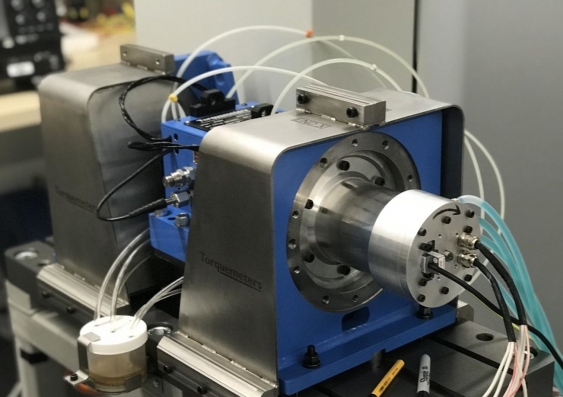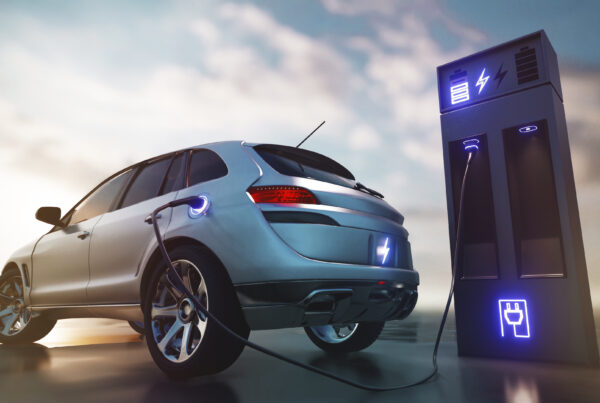A group of engineers from the University of New South Wales have designed a high-speed motor that can potentially increase the range of electric vehicles.
Inspired by the shape of the longest railroad bridge in South Korea, this new Interior Permanent Magnet Synchronous Motor (IPMSM) has achieved speeds of 100,000 revolutions per minute when tested. This makes it the world’s fastest IPMSM ever built with commercialised lamination materials.
Furthermore, the motor is able to produce a very high-power density. According to the researchers, this is beneficial for EVs in reducing overall weight and therefore increased range for any given charge.
“One of the trends for electric vehicles is for them to have motors which rotate at higher speeds,” says Dr Guoyu Chu, one of the team leaders of the project.
“Every EV manufacturer is trying to develop high-speed motors and the reason is that the nature of the law of physics then allows you to shrink the size of that machine. And with a smaller machine, it weighs less and consumes less energy and therefore that gives the vehicle a longer range.
“With this research project we have tried to achieve the absolute maximum speed, and we have recorded over 100,000 revolutions per minute and the peak power density is around 7kW per kilogram.
“For an electric vehicle motor we would actually reduce the speed somewhat, but that also increases its power. We can scale and optimise to provide power and speed in a given range – for example, a 200kW motor with a maximum speed of around 18,000 rpm that perfectly suits EV applications.
The researchers also believe that the motor can be ready for commercial use in less than a year.
“If an electric vehicle manufacturer, like Tesla, wanted to use this motor then I believe it would only take around six to 12 months to modify it based on their specifications,” says Dr. Chu.
“We have our own machine design software package where we can input the requirements of speed, or power density and run the system for a couple of weeks and it gives us the optimum design that satisfies those needs.”
Apart from EVs, the motor can also be potentially used for large heating, ventilation, and air conditioning (HVAC) systems, in high-precision CNC machines used in aviation and robotics, as well as for Integrated Drive Generators (IDG) used fin aircraft systems.
Did you find this article interesting? Please give it a like by clicking the heart button above!



















